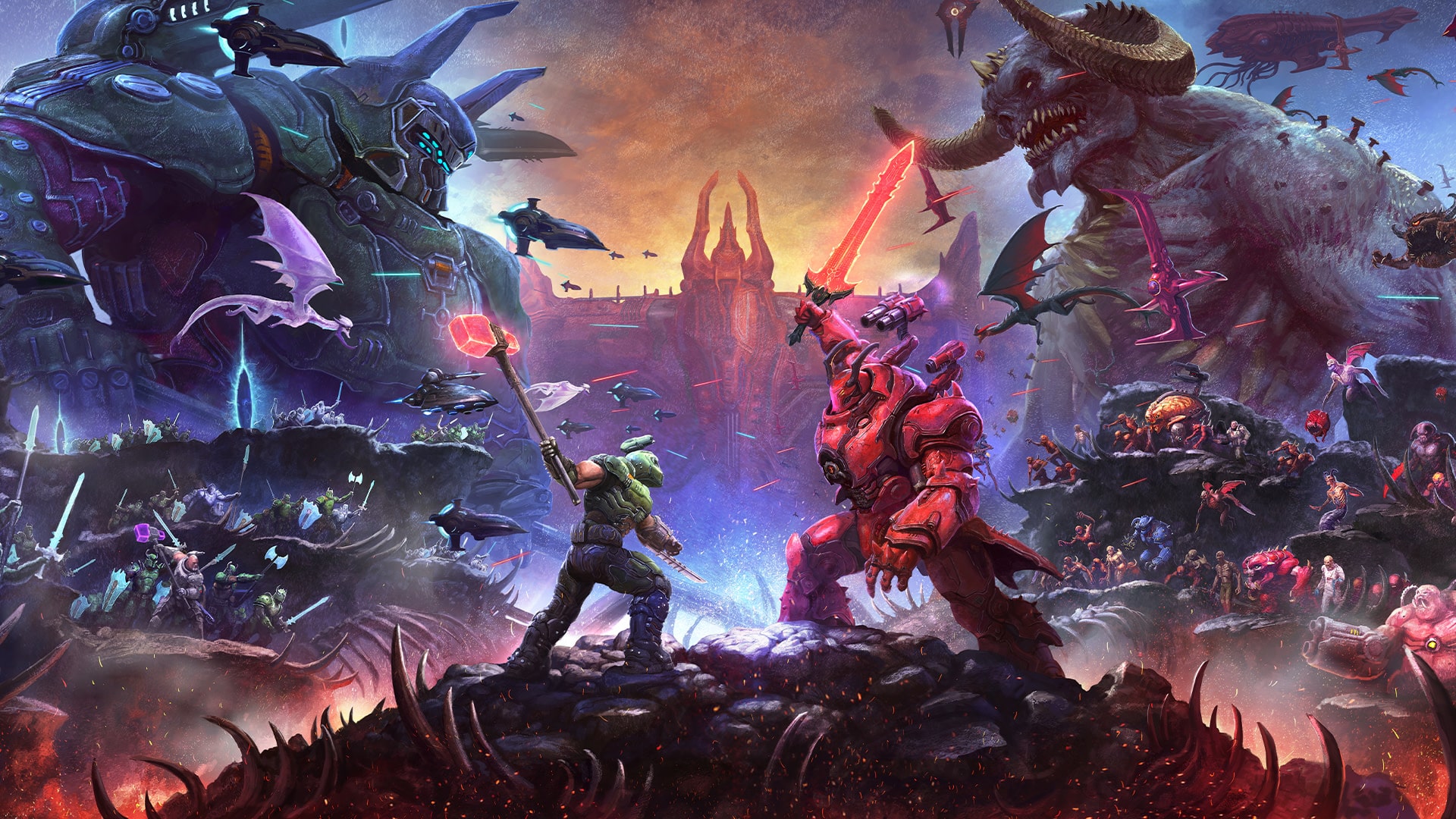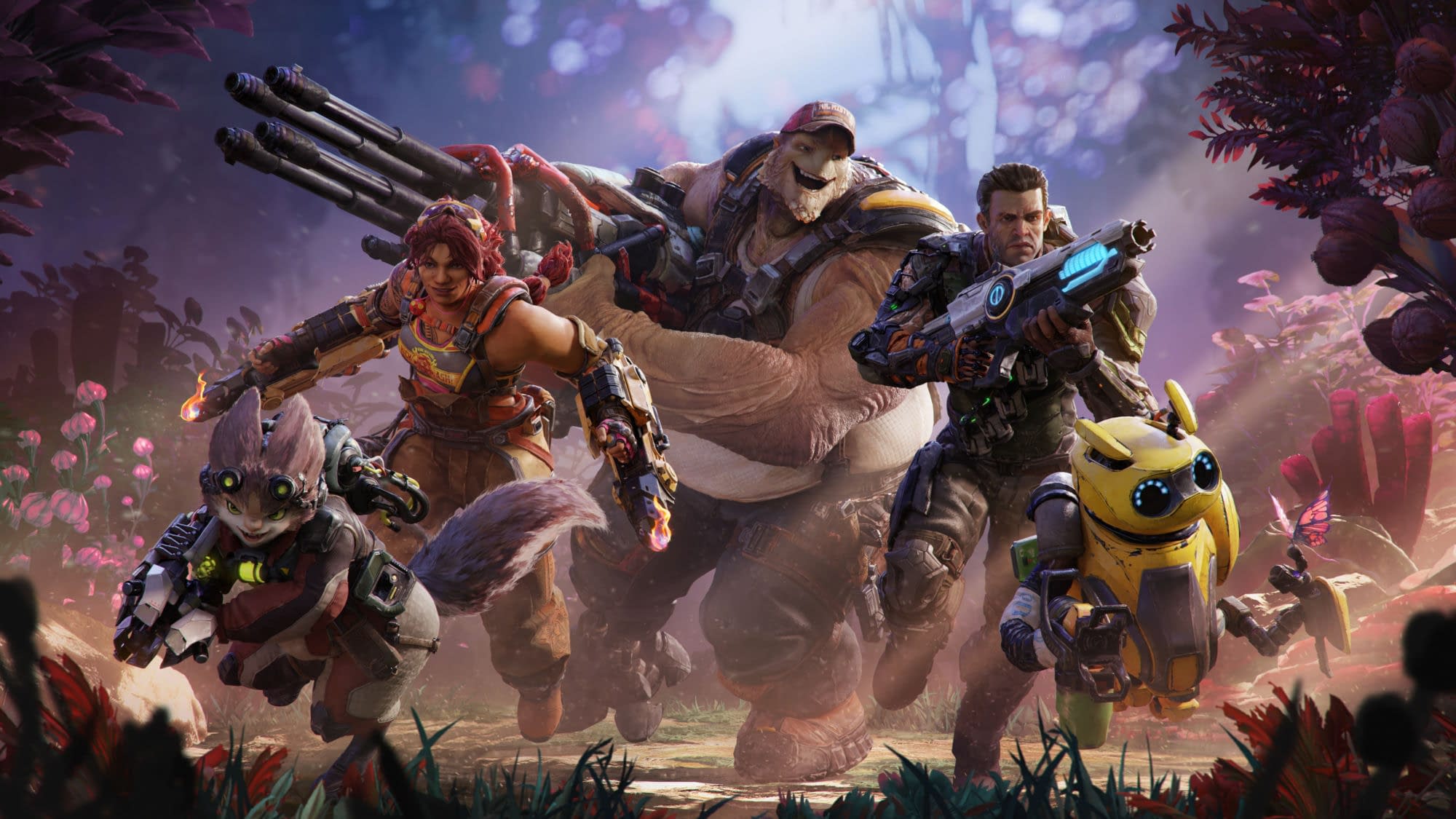Video games have always been a popular pastime, at least among a select audience. During the pandemic, however, these numbers grew substantially as people sought out hobbies they could do at home and which offered some degree of social connection. This was good news for the video game industry, but as we look towards a post-pandemic future, what will happen next?
A matter of retention
At the heart of the video game industry’s concern about post-pandemic gameplay is that of player retention. That’s because, while pre-pandemic players are unlikely to change their behavioral patterns – meaning they’ll keep right on gaming – those who are new to the activity are more likely to abandon the activity. In fact, in-game activity and new downloads are already declining. So, what practices might keep these newer players on board?
Among the strategies video game developers are using to increase retention include the use of daily rewards or rewards for frequent log-ins, using push notifications to encourage players to participate, and offering live events.
New tools make it increasingly easy to integrate these tools into games, but of these approaches, it is the last one – live events and the related social play – that may be the most important among new strategies for several reasons.

The role of social gaming
While vaccinations coupled with nice weather are making more people comfortable returning to in-person social activities, the reality is that the surge in COVID-19 cases related to the Delta variant will raise concerns for others.
Furthermore, people are now more used to socializing in digital environments. Even as traditional social media has helped us manage our friendships and interactions for years now, computer games have helped to define a new social realm.
What does social gaming look like? While this type of gaming has certainly existed in the past for serious gamers – think the sort of battles and raids that last for hours – novice gamers typically aren’t looking for this sort of activity.
They don’t want to take on hours of skilled play, but they enjoy simpler experiences like Among Us, a “find the imposter” game that became hugely popular during the pandemic, or taking on remote Pokemon raids with friends, allowing them to capture a rare monster in just a few minutes. These players need small events and incentives, and those are easy to provide.

Avoiding burnout in serious gamers
While retention issues are likely to be greatest among new, casual gamers, serious gamers may have burned themselves out with intensive play, which means designers should keep an eye on their activity and demands as well.
ESports, which saw a surge in play but financial losses from canceled tournaments, is looking to new social strategies to keep players engaged.

Amateur eSports participants can now connect via a custom social network for players, and these aim to encourage tournament play and deeper participation. For players somewhere between the semi-pro and completely casual, such community-building tools could be the thing that determines whether players stay engaged or not in the coming months.
Only after the pandemic fully recedes into the rearview mirror will we see what new gaming patterns emerge, but developers are right to be worried. After such a long time cooped up inside, people aren’t going to want to be tied to their computers or consoles.
Coaxing them to log on, then, could be a hard sell, but developers are building the pathways towards the future of gaming.













